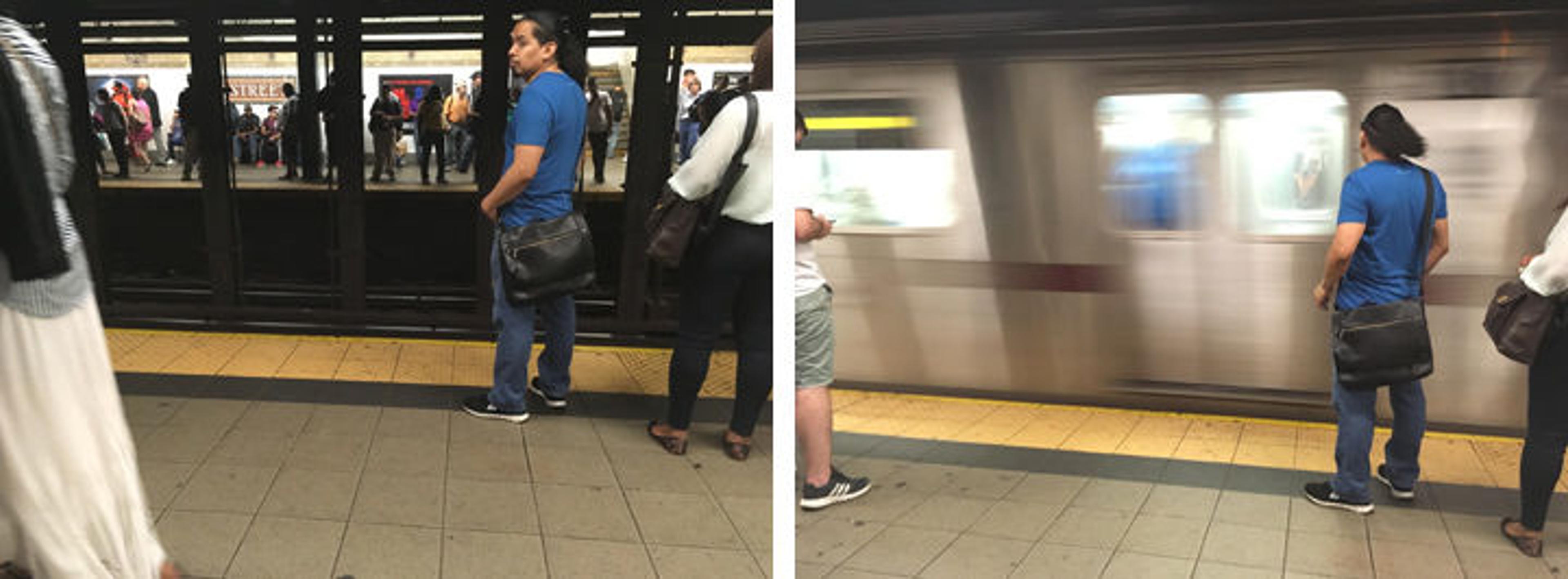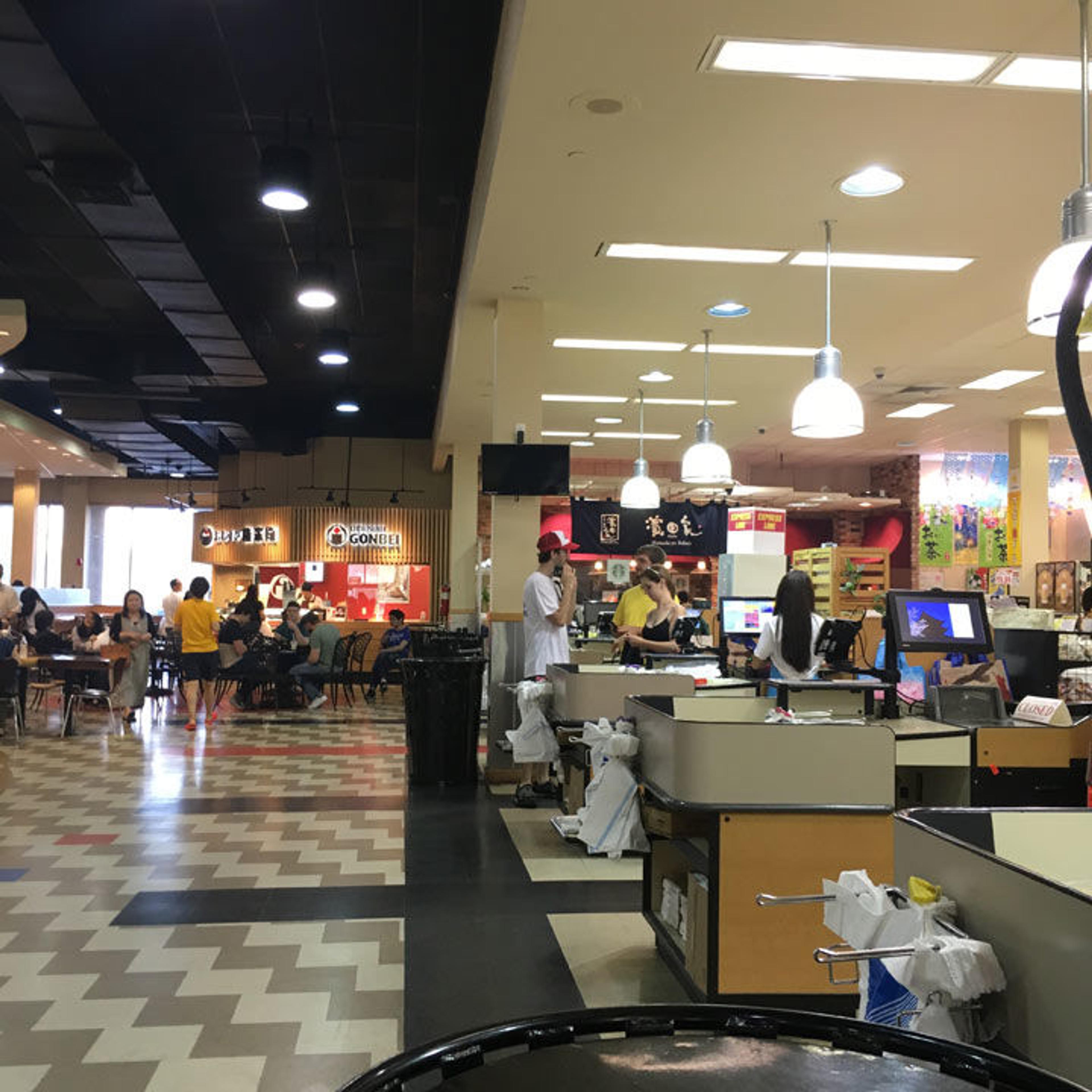
Sawyer P. Untitled, 2016
This Teen Blog post is part of the series #ArbusMetSquad, which showcases photography and writing by participants of the Summer 2016 Teen Studio—Photography program, who were inspired by the exhibition diane arbus: in the beginning.
«The idea of pairing photographs together has been a focus of our group during this summer's Teen Studio—Photography program. Through observing Paul Graham's approach to presenting photos, we considered how images can have conversations using content and how viewers naturally make different sets of connections when photos are presented as the same work. In the exhibition Dream States: Contemporary Photographs and Video, Graham's Does Yellow Run Forever? juxtaposes three groups of photographs: rainbows in Co Clare, Ireland; a Harlem jewelry and pawn shop in Gold Town Jewellery, East Harlem, New York; and Graham's wife sleeping in Senami, Christchurch, New Zealand. Graham's series brought to our attention the idea that a group of images can be read from left to right to create a story. Working in a similar manner to Graham, we made images of our own.»
Untitled by Sawyer P.
Every single day your brain sifts through thoughts and memories to answer new questions by connecting them to your previous knowledge. Whether or not you realize it, your mind is constantly drawing conclusions about the world around you. Have you ever had a "gut feeling?" This could be your brain harking back to previous experiences to answer the questions on your mind at any given point. When it comes to art, creators have always tried to invoke these emotions by toying with our subconscious feelings (like using warm colors to create happiness or weird angles to convey uneasiness).
Sometimes artists pair images together to change the feeling of each individual photo. Pairings let photos to "talk" to each other, elevating the meaning of the pairing as a whole. Just like your brain likes to connect ideas, you'll also find yourself trying to connect the meaning of photos that are paired together. Seemingly unrelated images can still be intertwined through the structure of the photographs. In my photograph of a peach and my photograph of a building, shown above, there is a geometric relationship between the two photos. This similarity creates a visual connection within the pairing.
Untitled by Suleyma A.

Suleyma A. Untitled, 2016
These two images are an example of a pairing. Pairing, to me, is how two or more separate images can create a story once put together. Conversations between photos interest me because it is unlikely that two people will interpret the story in the same way. Drawing connections between images allows for open-mindedness and mystery.
Untitled by Leif L.

Leif L. Untitled, 2016
Compositional diversity plays a key role in an artwork's success. Bright colors, unstable angles, and unnatural scenes diverge from the familiarity of daily life. Paul Graham utilized these aspects in creating a series of street scenes taken in the same location with different subjects. Despite the subtle differences between his subjects, the portraits allow the viewer to naturally find connections. I tried to emulate Graham's style in this photograph taken in my neighborhood supermarket. In the photo, there's a feeling of uneasiness emphasized by the thick black line splitting the frame. Its unlikely appeal is an example of how pairing can be used to create significance within a single photograph.
What story comes alive when any two things are presented as part of the same work? As we continue to make art and to discover what the work we make is really about, we can consider how utilizing the brain's innate desire to make sense of things serves as a tool for telling stories and communicating ideas in all that we create.
